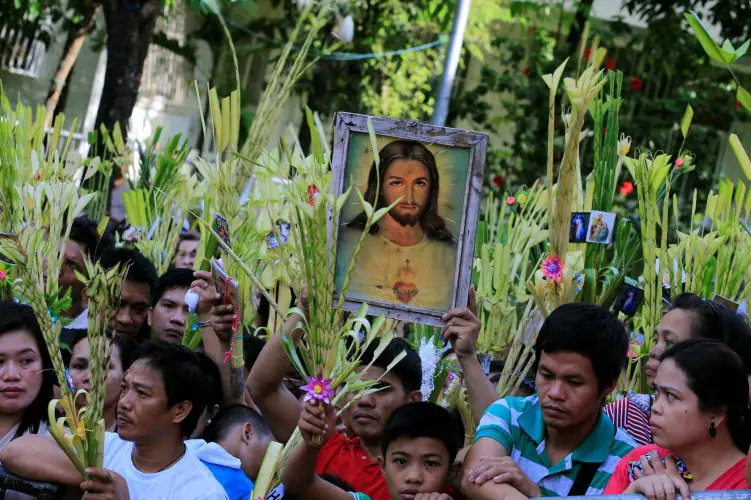Contents
hide
Key Takeaways
- Holy Week in the Philippines involves reenactments of Christ’s Passion and acts of penance.
- Notable traditions include the Pabasa, Visita Iglesia, Santo Entierro procession, and Salubong.
- The week culminates in the observance of Easter Sunday with unique customs and celebrations.
- Holy Week signifies a blend of indigenous and Spanish influences, fostering communal solidarity and spiritual growth.
Holy Week Traditions in the Philippines
In the Philippines, Holy Week stands as a profound period marked by a series of rituals and ceremonies deeply embedded in the country’s religious and cultural fabric. This week-long observance, leading up to Easter Sunday, encapsulates the Filipino people’s spiritual fervor and communal solidarity. Central to this observance are traditions that have been passed down through generations, becoming integral expressions of faith and cultural identity. Among these, the Pabasa and Visita Iglesia serve as foundational practices, embodying the collective devotion and reflective journey of the faithful. These traditions, alongside theatrical reenactments and vibrant festivals, weave a rich mosaic of religious celebration. Building upon the primary concept of Holy Week observance, the Pabasa emerges as a key tradition, involving the communal chanting of the Pasyon—a poetic narrative recounting the life, sufferings, and resurrection of Jesus Christ. This solemn practice fosters a deep sense of reflection and unity among participants, who gather in homes or chapels, often in a round-the-clock vigil. Following this, the Visita Iglesia tradition, observed on Maundy Thursday, invites devotees to embark on a spiritual pilgrimage to seven churches. This act of piety, mirroring the Stations of the Cross, offers a contemplative pathway through which individuals meditate on the profound sacrifices of Jesus Christ. Together, these practices underscore the thematic and spiritual depth of Holy Week in the Philippines, highlighting not only the enduring legacy of these customs but also their role in reinforcing communal bonds and spiritual introspection.Notable Observances and Pilgrimage Sites
Holy Week in the Philippines is a profound and deeply revered period marked by a series of religious observances and traditions that reflect the Catholic faith’s rich cultural heritage. This annual event commemorates the Passion, Death, and Resurrection of Jesus Christ, serving as a time for reflection, penance, and renewal of faith for millions of Filipinos. Central to this observance are the customs and rituals passed down through generations, including processions, reenactments of biblical events, and pilgrimages to sacred sites. These practices not only embody the spiritual devotion of the Filipino people but also showcase the unique blend of indigenous and Spanish colonial influences that shape the country’s religious landscape. Building on this understanding, the notable observances and pilgrimage sites during Holy Week offer a vivid illustration of these traditions’ significance. The Santo Entierro procession, a poignant reenactment of Christ’s burial, exemplifies the community’s collective mourning and reverence, drawing participants from across the nation. Similarly, the Salubong, or the dramatic representation of the Virgin Mary’s joy at the Resurrection, encapsulates the transition from sorrow to joy, a core theme of Holy Week. Beyond these, pilgrimage sites like the Antipolo Cathedral become focal points for spiritual journeys, with the practice of Visita Iglesia inviting the faithful to meditate and pray in different churches, reinforcing a sense of unity and shared faith. The inclusion of cultural festivities, such as the Moriones Festival in Marinduque, further enriches the Holy Week experience, blending religious solemnity with local color and creativity. These observances and sites, therefore, aren’t just markers of faith but also living expressions of the Philippines’ cultural identity and communal spirit during this sacred season.How Does Independence Day in the Philippines Differ from Holy Week?
Independence Day in the Philippines is celebrated on June 12th, commemorating the country’s independence from Spanish colonial rule. It is a day filled with patriotic events, flag-raising ceremonies, and cultural performances. In contrast, Holy Week is a week-long religious observance leading up to Easter Sunday, marked by solemn processions and church services.
